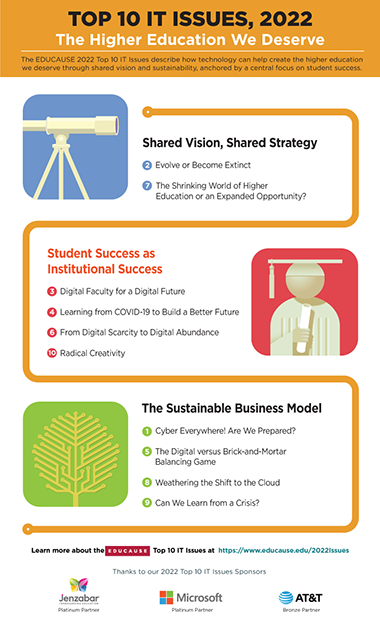Will Microcredentials be the Rx Needed to Fix Our Ailing Degree Systems? — from evolllution.com by David Leaser | Senior Program Executive of Innovation and Growth Initiatives, IBM
Amidst the dramatic social and economic upheaval caused by the pandemic, microcredentials are presenting themselves as the viable solution to getting learners prepared quickly and effectively for desperately needed jobs.
Excerpts:
Pace of Change Accelerates Beyond Our Wildest Imagination
But the world of work is changing at a pace that traditional education systems cannot match. Cloud computing, big data and AI technologies are replaced or improved monthly—and often faster than that.
…
The U.S. college system is organized around an all-or-none framework: You only get a credential after completing the entire learning path. But when a large number of students cannot commit to a long-term commitment (the situation we have faced for decades), shouldn’t we break the learning down into credentials along the way?
…
The MicroBachelors: A Major Win for Credential As You Go
Today, most microcredentials provide the opposite of college degrees: high skill-signal strength but low social-signal strength.
…
MicroBachelors programs are a series of college classes that have been customized and grouped together to meet employers’ real-world needs. The programs typically take two to four months to complete and provide credentials and college credits.













